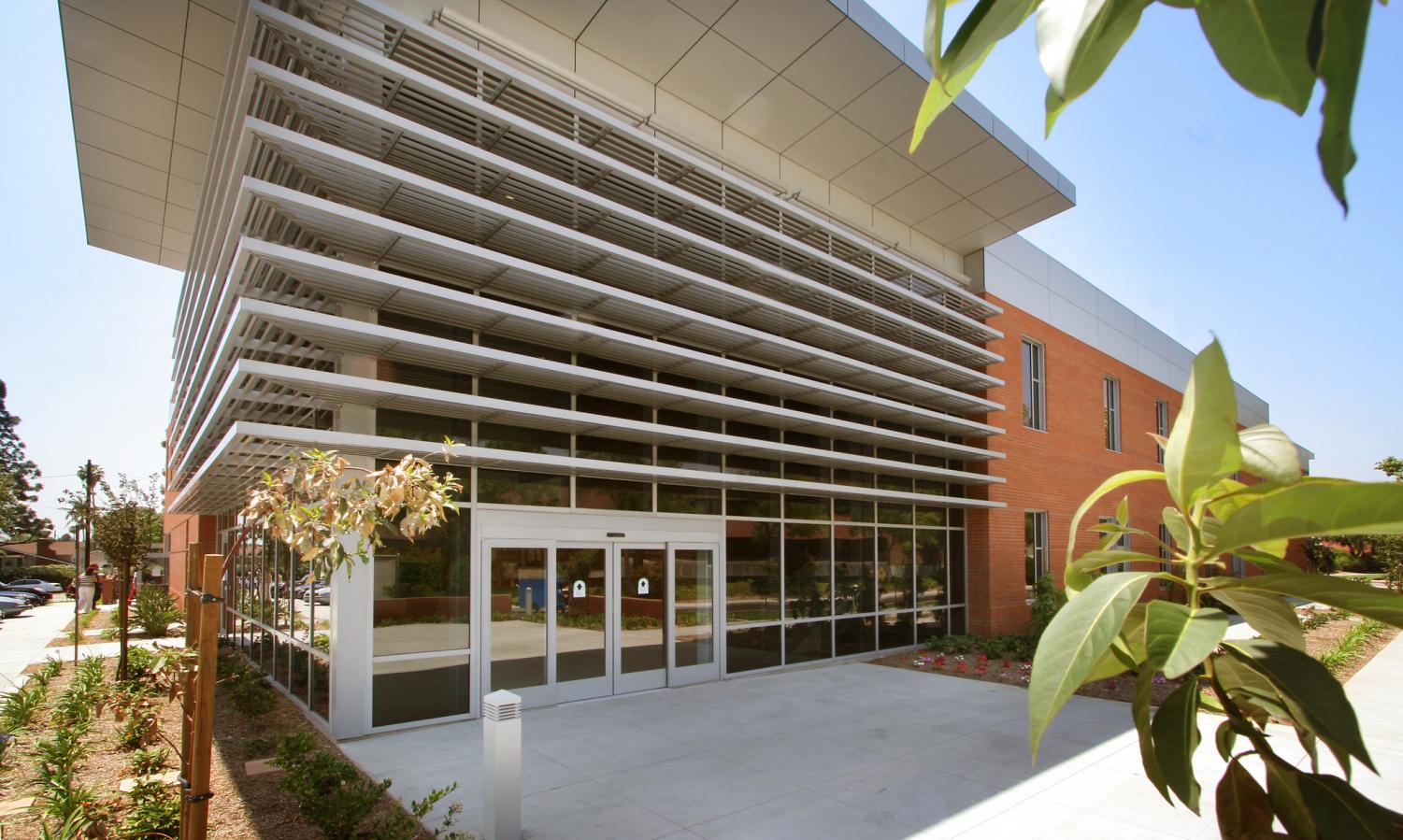In 1999, the ABC show “Nightline” featured IDEO, a top design consultancy which invented the first Apple Mouse. In this episode, IDEO took on a challenge to redesign the shopping cart in just five days. The episode featured a group of experts from diverse disciplines—a Harvard MBA, a linguist, a marketing expert, a psychologist and a biology major. They brainstormed, researched, prototyped and eventually made an innovative shopping cart. Throughout the show, it was evident that this eclectic team had plenty of ideas and complemented each other’s expertise. This shows that diverse teams generate innovative ideas.
CROSSING THE BRIDGE
Biola strategically built the new Alton and Lydia Lim Center for Science, Technology and Health, a phenomenal 91,200-square-foot facility, next to the Crowell School of Business, which hosts interdisciplinary collaboration platforms such as the annual Biola Startup Competition and the student-run Biola Entrepreneurship Society. The proximity between the platforms is great opportunities for science, technology, engineering and mathematics students and business students to collaborate.
Biola Startup Competition contestant Empty Cave is an excellent example of utilizing Lim and Crowell’s proximity and resources. The team consists of three biology students, two MBA candidates and an accounting major, bringing along a University of California Los Angeles M.D. graduate and a Chapman University digital arts major. According to their concept paper, they aim to “create a novel and unique repository of online physician-vetted medical information that helps patients and their family in their time of need, but with accompanying deep and rich spiritual resources.”
Apart from Empty Cave, however, some students still do not realize the need for collaboration and networking between STEM and business. From my involvement in the Biola Entrepreneurship Society, I observe that the turnout of STEM students in our events is close to none. We could perhaps build a bridge between the Lim Center and the business building, but only a handful of well-informed students would walk on it.
Team diversity enables the synergy of skill sets. While business majors have the business literacy to manage a project, STEM majors have expertise in doing research, problem-solving and have evidence-strong strategies. For instance, I recently completed the first round of the P&G CEO Challenge, an annual online case study competition, with Trixie Gomez, a biochemistry major and mathematics minor, and Thomas Ishikawa, a financial management major. Trixie processed data and information faster than any of us, while Thomas translated business terms and utilized business formulas. Our unique skill sets complemented each others’, ultimately enabling us to divide and conquer aspects of the case study.
WELL-ROUNDED PROFESSIONALISM
Even if students do not plan on teaming up, networking between STEM and business students can help them become more well-rounded professionals in their fields. STEM students can benefit from having a general understanding of business management. A biochemist who works for research and development at a pharmaceutical company would not be promoted to senior scientist or director if they do not have some business literacy to interact with other departments or have the necessary leadership skills. Over the summer, I studied at the Business School of Imperial College London, a university known for their expertise in the sciences. I observed that in the two business summer school courses, many of the students were STEM students and professionals. A pharmaceutical researcher I talked to, who works at a consultancy, said that she had to take the business course she was taking because her job required her to.
On the other hand, business students can learn relevant skills in statistics, analytics and information technology from STEM majors. Since businesses are increasingly digital, some software proficiency and programming literacy are also useful to become relevant in the industry. It is also not surprising that technical skills are valued for entry-level positions and graduate programs in business. As a businessperson, my proficiency in the software Salesforce has gotten myself a call from Amazon Web Services inquiring my availability for an internship opportunity in Southeast Asia, although my current studies in the United States conflicted with the opportunity. Business and science relationships can foster thoughtful conversations about technological trends, such as software trends for big data management in business.
I hope to see more innovative and productive collaboration between STEM and business students. Given the proximity between the Lim Center and the business building, students should cross the tiny visitor parking lot and make new connections within the building next door.











